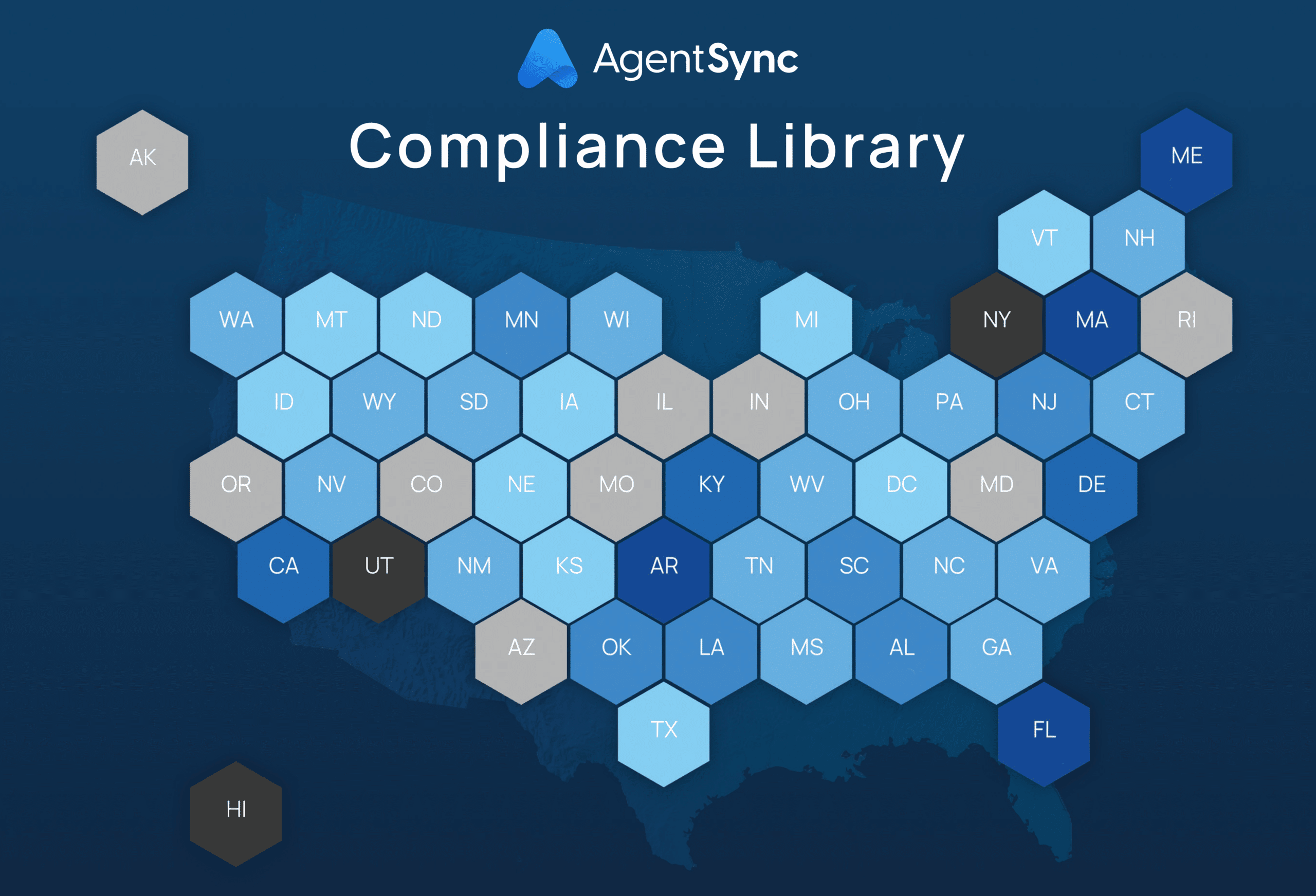

If it’s not already clear from the title of this article, today’s subject matter is a little… dry. But as all of us working in the insurance industry know, just because something is less than exciting doesn’t mean it’s less important. So, bear with us as we explore FINRA Forms U4 and U5 and the repercussions of failing to file them on time.
Variable lines brokers and insurance-licensed financial advisors listen closely, because this one’s for you. Forms U4 and U5 deal directly with individuals selling securities, aka all the dual licensees out there.
What is a Form U4?
A Form U4, also known as a Unifrom Application for Securities Industry Registration or Transfer, establishes registration of broker-dealers or investment advisors with the appropriate jurisdictions and/or self-regulatory organizations (SROs).
In plain English, when an individual wants to transact securities like variable annuities or mutual funds, they generally have to register with the Financial Industry Regulatory Authority (FINRA) and a broker-dealer firm. The firm uses a Form U4 to gather data about the individual to register them. This data includes:
- Individual’s name
- Firm name
- Social Security Number
- Fingerprints
- Employment start date
- Employment history
- Residency history
Additional Form U4 disclosure requirements
Along with the more general data listed above, a Form U4 also asks securities brokers to disclose any “reportable” events they’ve been involved in. This could be something as simple as writing a bad check or as major as criminal charges. FINRA requires these disclosures to help promote transparency and to protect consumers from potential malpractice.
While it may be tempting to leave certain disclosures out of a Form U4 – how relevant is that investor complaint you received over 10 years ago, really? – it’s generally best to err on the side of caution. If you fail to disclose an event and are caught in a lie, FINRA may choose to launch an investigation that, depending on the severity of your transgression, could result in license revocation.
What is a Form U5?
A Form U5, or a Uniform Termination Notice for Securities Industry Registration, terminates the registration of a variable lines broker with a firm, effectively ending the relationship between the individual and the entity. There are three types of Form U5 filings: full form, partial form, and amendment form.
- Full forms terminate an individual from all jurisdictions and SROs.
- Partial forms terminate an individual from selected SROs and jurisdictions.
- Amendment forms don’t directly terminate an individual from a jurisdiction, but serve instead to update or amend aspects of a Form U5 including disclosure, date of termination, reason for termination, and residential information for an individual previously terminated.
Most often, broker-dealer firms file a Form U5 because an individual has voluntarily resigned. In these cases, the Form U5 disclosure isn’t much cause for concern. However, when a securities broker is made to resign or is fired, they might want to place higher importance on what’s written in the Form U5 as it could follow them throughout the rest of their career.
A negative Form U5 disclosure can have long-lasting career impacts
A Form U5 provides details into why a securities broker left a firm, whether they left on their own account, were terminated, were asked to resign, or passed away. For example, if a securities broker was asked to resign because they were under investigation for fraud, the details of their wrong-doings will be disclosed in the Form U5. Negative disclosures like these often trigger FINRA investigations, which can lead to more serious enforcement action.
Even if there are no further penalties or consequences, the information listed on a Form U5 can have long-lasting impacts. That’s because the FINRA Form U5 follows a securities broker throughout their entire career in the industry. This means any firm they’d like to work with in the future will have access to the information disclosed in the form.
When to file Forms U4 and U5
A broker-dealer must file a Form U4 as soon as an individual joins the firm. A securities broker can’t transact securities without first registering with FINRA and an associated firm using the Form U4.
As for a Form U5, when a securities broker leaves a firm, no matter the reason, the firm has 30 days after the broker’s last day to submit a Form U5. The firm is also required to provide the ex-employee with a copy of their Form U5 within that 30 days.
Why is it important to file Forms U4 and U5 on time?
The SEC, FINRA, and other relevant SROs and state securities regulators use the information from Forms U4 and U5 to make licensing and registration decisions. Any firm that fails to file U4 amendments or U5 forms or amendments on time is subject to a late disclosure fee. The late disclosure fee is $100 for the first day a form is late and an additional $25 for each day after up to $1575. Of course, no one wants to pay $100 when they don’t have to, much less $1575, so the best way for firms to reduce or avoid late disclosure fees is to file their forms on time.
The complicated world of variable lines insurance broker licensing
Keeping up with insurance producer licensing across multiple U.S. states and territories is complicated enough. For insurance agents who are also securities brokers, the task of ensuring compliance is even more complex. Automated, integrated broker compliance makes life easier for your employees and your broker force.
If you’re in search of a better way to streamline producer onboarding and license compliance management for dually licensed insurance and security brokers, AgentSync can help. Contact us or schedule a demo today.

